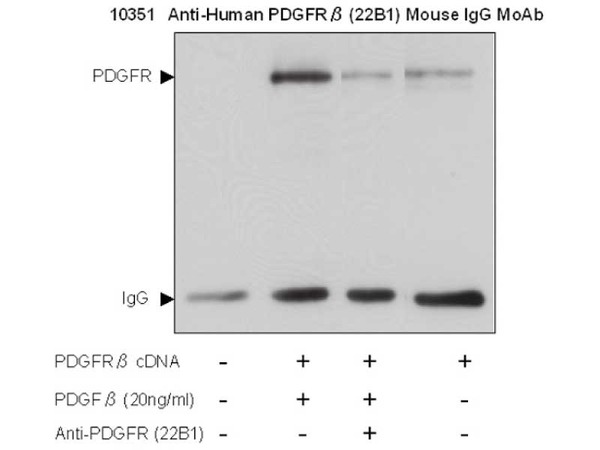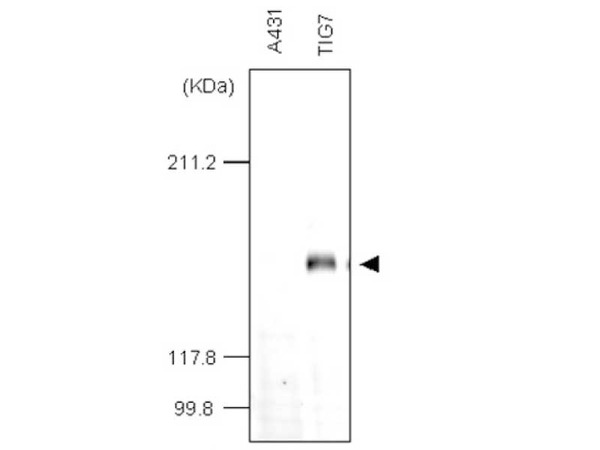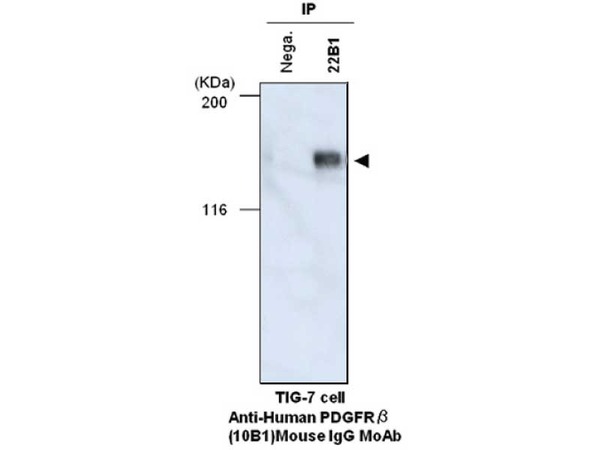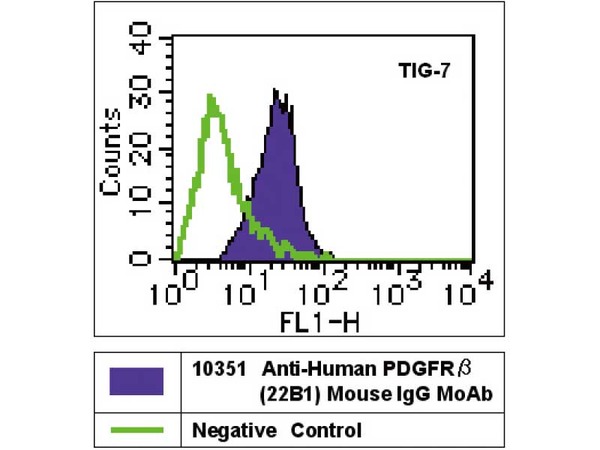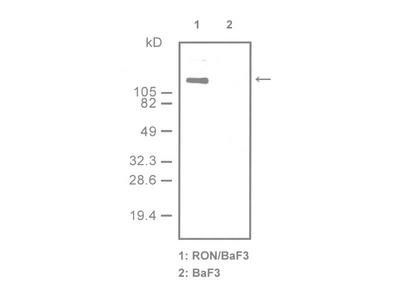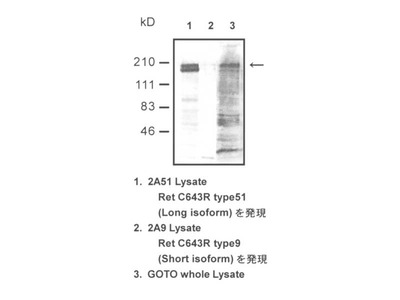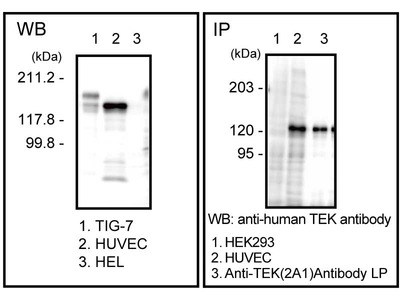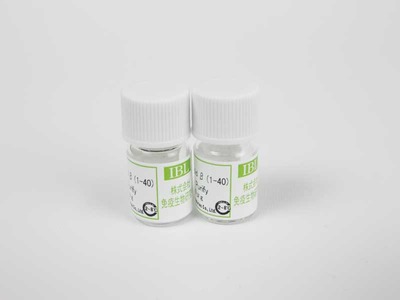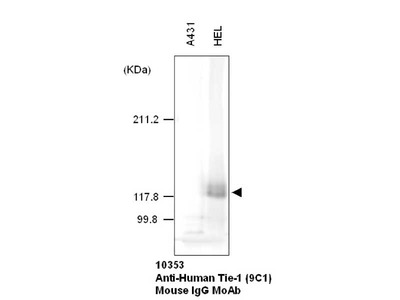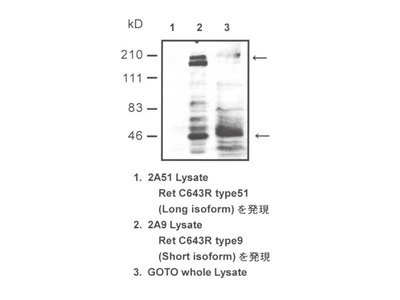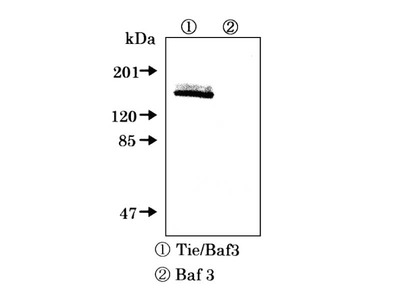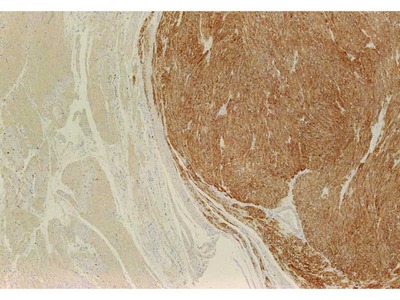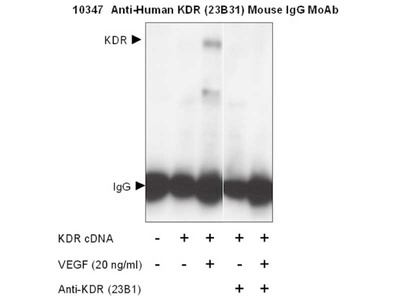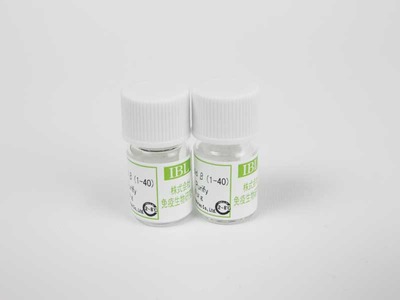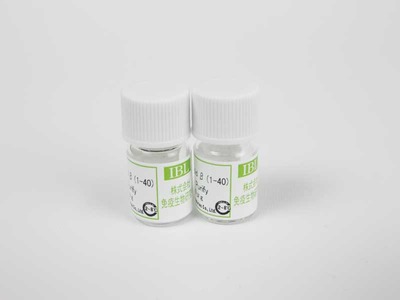- HOME >
- For Researchers >
- Product Search >
- Search Result >
- #10351 Anti-Human PDGFRβ (22B1) Mouse IgG MoAb
Product Search
#10351 Anti-Human PDGFRβ (22B1) Mouse IgG MoAb
- Intended Use:
- Research reagents
- Application:
- WB, IP, FCM
- Package Size1:
- 100 μg
- Package Size2:
- 10 μg
- Note on Application Abbreviations
- WB:Western Blotting
- IP:Immunoprecipitation
- FCM:Flow Cytometry
※ The product indicated as "Research reagents" in the column Intended Use cannot be used
for diagnostic nor any medical purpose.
※ The datasheet listed on this page is sample only. Please refer to the datasheet
enclosed in the product purchased before use.
Product Overview
Product Overview
| Product Code | 10351 |
|---|---|
| Product Name | Anti-Human PDGFRβ (22B1) Mouse IgG MoAb |
| Intended Use | Research reagents |
| Application | WB, IP, FCM |
| Species | Human |
| Immunizing antigen | Recombinant protein of extracellular domain of human PDGFRβ |
| Source | Mouse-Mouse hybridoma (X63 - Ag 8.653 × BALB/c mouse spleen cells, supernatant) |
| Clone Name | 22B1 |
| Subclass | IgG1 |
| Purification Method | Affinity purified with protein A |
| Specificity | Confirmed by western blotting with TIG-7 cell. |
| Package Form | Lyophilized product from 1 % BSA in PBS containing 0.05 % NaN3 |
| Storage Condition | 2 - 8℃ |
| Poisonous and Deleterious Substances | Applicable |
| Cartagena | Not Applicable |
| Package Size 1 | 100 μg |
| Package Size 2 | 10 μg |
| Remarks1 | The commercial use of products without our permission is prohibited. Please make sure to contact us and obtain permission. |
Product Description
Product Description
PDGF, a ligand of PDGFR, has 4 isofoms, A-, B-, C- and D-chains, and forms hetero and/or homo dimers, PDGF-AA, -AB, -BB, -CC, -DD. On the other hand, PDGFR has 2 isoforms, α- and β-chains and forms hetero and/or homo dimers, PDGFR-αα, -αβ and -ββ. PDGF-A and PDGF-C binds specifically to PDGFR-α, PDGF-B binds to PDGFR-α and PDGFR-β, and PDGF-D binds specifically to PDGFR-β. In other words, PDGF-AA and PDGF-CC can activate only PDGF-αα, while PDGF-AB can activate PDGFR-αα and PDGFR-αβ, and PDGF-BB can activate PDGFR-αα, -αβ and -ββ. While, PDGF-DD has been reported to be able to activate PDGFR-αβ as well as PDGFR -ββ. When the receptor is dimerized, tyrosine kinase activity in the intracellular region increases and auto-phosphorylation of the tyrosine residue takes place.

